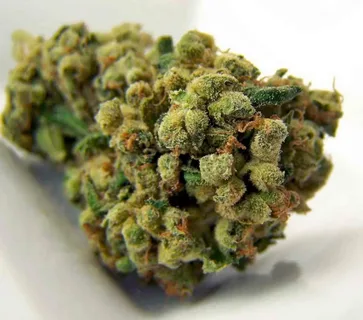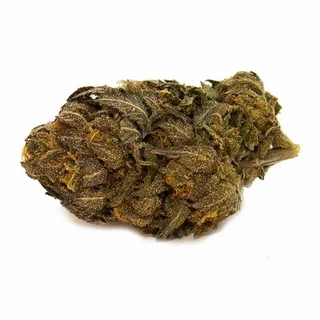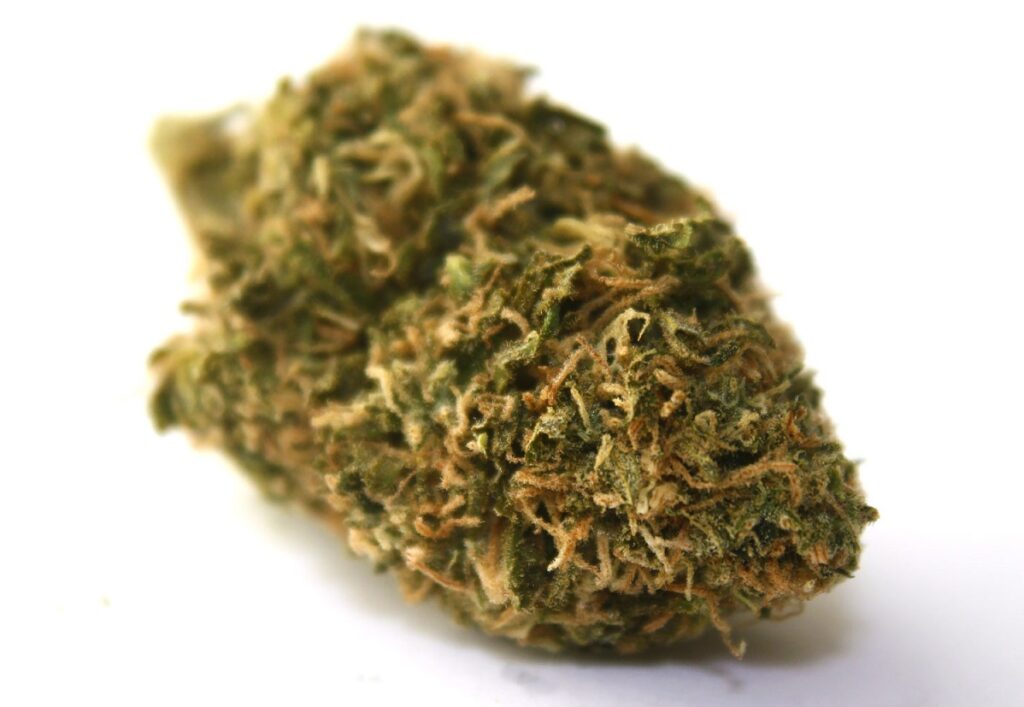About Chiesel Weed Strain
Origin and Genetics
The Chiesel weed strain is a popular cannabis variety that has gained significant attention from users and growers alike. It’s a hybrid strain, resulting from the cross between the renowned Cheese and OG Kush strains.
The Cheese strain, originating in the UK, is known for its distinct pungent aroma and flavor profile reminiscent of strong cheese, which gives it the name. This strain has been crossed with various other varieties over time to create different strains like Chiesel.
OG Kush, on the other hand, is a California native that boasts an earthy and herbal scent, along with a pungent undertone of diesel fuel. It’s known for its high THC content, which makes it a favorite among medical users as well as recreational consumers looking for a potent high.
The Chiesel strain combines the best qualities of both parents: it retains the strong cheese-like aroma of the Cheese variety and blends it with OG Kush’s earthy notes. The result is an intriguing flavor profile that appeals to those seeking diversity in their weed experience.
Genetically speaking, the exact makeup of the Chiesel strain can vary depending on how closely it adheres to its parent strains. However, generally, it contains approximately 50-60% indica genetics, which contributes to its sedative effects, and around 40-50% sativa, responsible for its energetic buzz.
The overall genetic balance in Chiesel provides users with a range of effects: the indica content aids relaxation, while the sativa component stimulates mental activity. This mix ensures that consumers can use Chiesel at any time to achieve their desired outcome – whether it’s a calming evening or an energizing day.
The Chiesel weed strain is a hybrid of Chemdawg and Sensi Skunk, two popular and potent cannabis strains. This genetic makeup gives Chiesel its unique characteristics and effects.
The Chiesel weed strain is a highly sought-after hybrid, bred by crossing two potent strains: Chemdawg and Sensi Skunk.
This combination creates a unique cannabis plant with distinct characteristics, both in its appearance and effects. The genetics of Chiesel are derived from the following parent strains:
Chemdawg is known for its high THC content, which contributes to its potent psychoactive properties.
Sensi Skunk is an indica-dominant strain, renowned for its robust growth, pungent aroma, and relaxing effects.
When combined, these two strains create Chiesel, a plant that offers a balance of the Chemdawg’s energy and Sensi Skunk’s tranquility.
The appearance of the Chiesel strain is often characterized by dense buds with vibrant green leaves, displaying subtle undertones of purple. This unique coloration can vary in intensity depending on factors such as climate conditions and growing techniques.
As for its aroma and flavor profile, Chiesel exhibits a complex combination of diesel-like notes reminiscent of Chemdawg, paired with the earthy sweetness commonly found in Sensi Skunk.
The effects of Chiesel are often described as relaxing, yet still stimulating. Its indica-dominant properties promote deep physical relaxation, allowing users to unwind and release tension.
However, its sativa leanings also contribute to increased focus, creativity, and energy levels, making it suitable for daytime use when needing a mental boost without the debilitating effects of strong sedatives.
Chiesel is available in various forms, including dried flower, concentrates, edibles, and pre-rolls, catering to different preferences and consumption methods. The potency of Chiesel varies depending on the grower’s skill level, growing conditions, and the specific strain characteristics of the Chemdawg and Sensi Skunk used.
In terms of medical applications, Chiesel has been reported to alleviate symptoms associated with chronic pain, nausea, anxiety, insomnia, and loss of appetite. However, more extensive research is required to fully understand its therapeutic potential and potential interactions with medications or health conditions.
Effects and Potency
- The Chiesel weed strain is a popular hybrid cannabis strain that has gained immense popularity among marijuana enthusiasts for its unique effects and potency.
- Bred by crossing the Chemdog 4 and Sour Diesel strains, Chiesel combines the best of both worlds to offer an unparalleled smoking experience.
- The aroma of Chiesel is dominated by diesel-like fuel notes, with hints of citrusy lemon and a subtle sweetness. When lit, the smoke emits a pungent aroma that will leave a lasting impression on those around you.
- As for its effects, Chiesel is known to provide an intense, long-lasting high that’s perfect for users seeking relief from chronic pain, anxiety, and stress.
- The THC content of Chiesel weed strain typically ranges from 15% to 25%, making it a moderately potent strain suitable for both beginners and experienced smokers alike.
- When consumed in moderate doses, Chiesel is said to produce an energetic, euphoric high that’s ideal for creative activities, socializing, or even simply relaxing with friends.
- On the other hand, consuming too much of Chiesel can lead to anxiety, paranoia, and dizziness due to its high THC content.
- Cannabis enthusiasts rave about Chiesel’s ability to induce a deep sense of relaxation, making it an excellent choice for users seeking relief from insomnia or restlessness.
- Medical patients often opt for Chiesel to manage symptoms of chronic pain, muscle spasms, and nausea associated with chemotherapy or other medical conditions.
- As a hybrid strain, Chiesel offers the best of both worlds – the energetic, euphoric effects of Sativa-dominant strains and the relaxing, sedating properties of Indica-dominant strains.
- All in all, Chiesel weed strain is an excellent choice for users seeking a balanced, long-lasting high that’s perfect for a variety of purposes, from relaxation to creativity and beyond.
Chiesel is known for its intense, longlasting high that’s perfect for those who want to relax and unwind after a long day. Its THC levels typically range from 1822%, making it a moderately potent strain.
The Chiesel weed strain is a popular and highly sought-after cannabis variety among those who want to unwind and relax after a long day. Its intense, long-lasting high makes it perfect for individuals seeking relief from stress and anxiety.
Chiesel’s potency is moderate, thanks to its average THC levels ranging between 18-22%. This range allows users to experience a strong but manageable high that can be tailored to suit their individual needs.
The strain’s effects are often described as calming and sedating, making it ideal for evening use or when looking to unwind after a tiring day. Chiesel has gained a loyal following among those seeking a gentle yet effective way to manage stress and promote relaxation.
While some users have reported experiencing a slight increase in appetite while under the influence of Chiesel, this effect is generally considered mild compared to other strains on the market. Those who are particularly sensitive to THC or prefer milder effects may find Chiesel’s potency level appealing.
In addition to its calming properties, some users have also reported experiencing improved sleep quality after using Chiesel. This strain’s sedating effects can help individuals fall asleep faster and enjoy deeper, more restful slumber throughout the night.
It is essential for users to start with low doses when trying Chiesel for the first time to gauge their individual sensitivity. This allows them to adjust their dosage accordingly, ensuring a comfortable and enjoyable experience.
Chiesel’s availability can vary depending on location and region, but it is commonly found in medical marijuana dispensaries or online cannabis retailers that ship within permitted areas.
When consuming Chiesel, users often prefer smoking or vaping the strain to experience its full effects. However, edibles or topical products containing Chiesel are also available for those who prefer alternative methods of consumption.
In conclusion, the Chiesel weed strain offers a unique combination of potency and sedating properties that make it an excellent choice for individuals seeking relaxation and stress relief. Its moderate THC levels ensure a comfortable high that can be tailored to suit individual needs, making it a popular choice among cannabis users worldwide.
Cultivation and Growing Tips
Climate and Soil Requirements
Cultivating Chiesel weed strain requires attention to its specific climate and soil requirements to produce optimal results. This indica-dominant strain thrives in a controlled environment, such as an indoor grow setup, where temperature, humidity, and light exposure can be managed.
The ideal temperature range for growing Chiesel weed is between 65-75°F (18-24°C) during the day and around 55-65°F (13-18°C) at night. This allows for healthy growth and prevents stress on the plants. Maintaining a consistent humidity level, between 40-60%, is crucial to prevent moisture-related issues such as mold and mildew.
When it comes to lighting, Chiesel weed requires a balanced spectrum of light, including both blue and red spectrums. Using LED grow lights or HPS (High Pressure Sodium) lamps with a balance of 12-18 hours of light exposure per day will promote healthy growth and increase yields.
Soil requirements for Chiesel weed are relatively straightforward; it prefers well-draining, nutrient-rich soil that allows roots to breathe easily. Using a high-quality potting mix or a medium with good drainage properties will ensure optimal root growth and prevent waterlogging.
In terms of nutrients, provide your plants with balanced NPK (Nitrogen-Phosphorus-Potassium) ratios during the vegetative stage (2:1:1 or 3:1:2). Gradually increase phosphorus levels during flowering to promote fruiting. Regularly check for nutrient deficiencies and adjust feeding schedules as needed.
When it comes to water management, Chiesel weed requires consistent moisture levels. Water your plants when the top inch of soil feels dry to the touch. Monitor temperature and humidity to prevent overwatering, which can lead to root rot or other issues.
Pest control is crucial in indoor growing environments. Regularly inspect your plants for signs of pests like spider mites, mealybugs, or aphids. Use organic pest management methods whenever possible, such as neem oil or insecticidal soap, to maintain a healthy and balanced ecosystem.
Chiesel prefers a Mediterranean climate with warm summers and mild winters. It thrives in welldraining soil with a pH level between 6.07.0, making it ideal for growers who live in regions with similar conditions.
- Cultivation and Growing Tips for Chiesel: A Guide to Success
- The Chiesel weed strain is a popular choice among growers due to its high yields and robust flavor profile. However, proper cultivation techniques are essential to bring out the best in this plant.
Climate and Soil Requirements
Chiesel prefers a Mediterranean climate with warm summers and mild winters. This means that ideal growing temperatures for Chiesel should range from 60-75°F (15-24°C). It’s also crucial to maintain humidity levels between 40-50%. Growers in regions with similar climates will find Chiesel thrives.
The soil requirements for Chiesel are equally important. A well-draining soil with a pH level between 6.0-7.0 is ideal, making it suitable for growers who live in regions with similar conditions.
Nutrient and Water Requirements
- Nitrogen levels: Chiesel requires moderate to high nitrogen levels during the vegetative stage. A balanced fertilizer with a ratio of 20-20-20 (nitrogen-phosphorus-potassium) is suitable.
- Phosphorus levels: Phosphorus is essential for root development and flowering. Increase phosphorus levels slightly as the plant reaches its flowering stage.
- Potassium levels: Potassium helps promote overall plant health. Maintain a balanced potassium level throughout the growing process.
Lighting Requirements
Chiesel requires plenty of light to produce high yields and strong growth. Aim for at least 18 hours of light per day, with a balance of LED grow lights or HPS (High Pressure Sodium) lighting. A minimum wattage of 250W is recommended.
- Avoid overwatering: Chiesel is susceptible to root rot caused by overwatering. Check the soil moisture regularly, and adjust watering accordingly.
- Maintain good air circulation:Chiesel requires good air circulation to prevent fungal diseases. Ensure proper spacing between plants and provide adequate ventilation in grow tents or rooms.
Flowering Stage Tips
- Reduce nitrogen levels: Gradually decrease nitrogen levels during the flowering stage to promote healthy root growth and bud development.
- Provide support: Chiesel may require support as it grows taller. Use stakes or trellis systems to help maintain the plant’s structure.
By following these cultivation and growing tips, you’ll be well on your way to producing high-quality Chiesel buds with robust flavor and excellent yields.
Nutrition and Pruning Needs
Cultivating Chiesel weed requires careful attention to its growing needs, particularly in terms of temperature, humidity, and lighting. This strain thrives best in a warm environment with temperatures ranging between 65°F to 75°F (18°C to 24°C). It’s also crucial to maintain high humidity levels, ideally between 50-70%, during the initial stages of growth.
Regarding lighting, Chiesel weed is an indica-dominant strain that performs exceptionally well under low-light conditions. However, it can benefit from a moderate amount of light exposure to promote healthy growth and development. Aim for 18-24 hours of light per day, with dim red lights or LEDs being ideal options.
It’s also essential to monitor the pH levels in your growing medium. Chiesel weed prefers slightly acidic soil with a pH range between 6.0-7. Maintaining optimal pH levels will ensure that nutrients are available for uptake by the plant, promoting healthy growth and development.
Nutrition is another critical aspect of cultivating Chiesel weed. This strain requires balanced nutrients, particularly during its vegetative stage. You can use a balanced fertilizer (20-20-20) or a nutrient-rich soil to support its growth. Be mindful of over-fertilization, as this may cause damage to the plant’s sensitive root system.
Pruning and training are essential for optimizing Chiesel weed’s yield potential. Prune your plants regularly to encourage bushy growth, remove dead or weak branches, and increase air circulation within the growing area. Train your plants using trellises or stakes to promote vertical growth, ensuring that they receive sufficient light and air exposure.
It’s also vital to monitor for pests and diseases in your Chiesel weed crop. Regularly inspect your plants for signs of infestation or disease, such as whiteflies, spider mites, powdery mildew, or root rot. Use integrated pest management techniques, including physical barriers, biological control agents, and targeted pesticides to mitigate any issues that may arise.
When harvesting Chiesel weed, wait until the buds are fully matured and the pistils have turned a deep red or brown color. Cut your plants at the base of the stalk using sharp pruning shears, taking care not to damage the delicate flowers or leaves. Dry your harvested buds thoroughly to prevent mold and preserve their potency.
This strain requires adequate nutrition to reach its full potential. Feed Chiesel plants with a balanced fertilizer schedule, and prune them regularly to promote healthy growth and prevent mold buildup.
The key to successfully cultivating Chiesel weed strain lies in providing optimal growing conditions and careful attention to its nutritional needs.
Here are some essential cultivation and growing tips to help you get the best out of this strain:
Nutrition
- Adequate nutrition is crucial for Chiesel plants to reach their full potential. A balanced fertilizer schedule should be implemented from seedling stage to ensure healthy growth and development.
- Use a high-quality nutrient-rich soil that provides essential macro- and micronutrients, such as nitrogen, phosphorus, potassium, iron, magnesium, and sulfur.
Pest Control
- Carefully inspect your plants regularly to detect any signs of pests or diseases. Early detection is key to preventing the spread of infestation.
- Use organic pest control methods whenever possible, such as neem oil, insecticidal soap, or garlic spray, to minimize harm to beneficial insects and the environment.
Pruning
- Regular pruning is essential to promote healthy growth, prevent mold buildup, and encourage a bushy appearance. Remove any weak or damaged branches, as well as any buds that are not receiving sufficient light.
- Train your plants using a trellis or stake system to maximize space and ensure even sunlight distribution.
- Chiesel plants prefer a slightly cooler temperature between 65°F (18°C) and 75°F (24°C). Avoid exposing them to temperatures above 80°F (27°C) to prevent damage.
- Provide your plants with adequate lighting. Chiesel requires at least 18 hours of light per day, making it ideal for a grow room or indoor garden.
- Adequate watering is essential to prevent nutrient deficiencies and root damage. Water your plants when the top inch of soil feels dry, but avoid overwatering.
- Monitor your plant’s moisture levels by using a hygrometer or checking the soil moisture with a finger test.
By following these cultivation and growing tips, you should be able to successfully grow Chiesel weed strain and enjoy its unique flavor and effects.
- Fatso Weed Strain Information - September 16, 2024
- Guava Runtz Weed Strain Information - September 16, 2024
- Han Solo Burger Weed Strain Information - September 16, 2024









